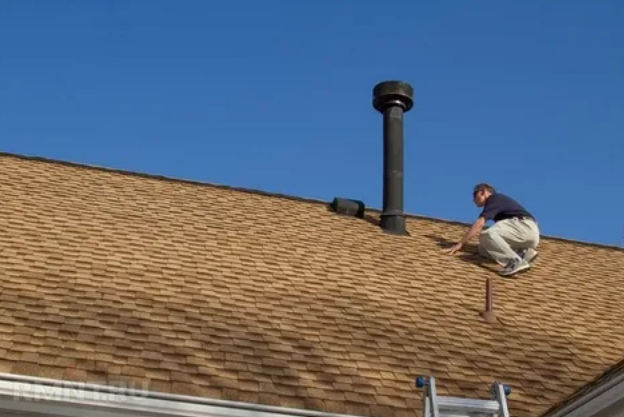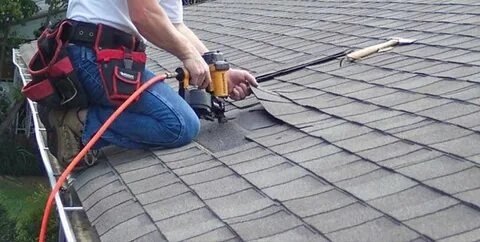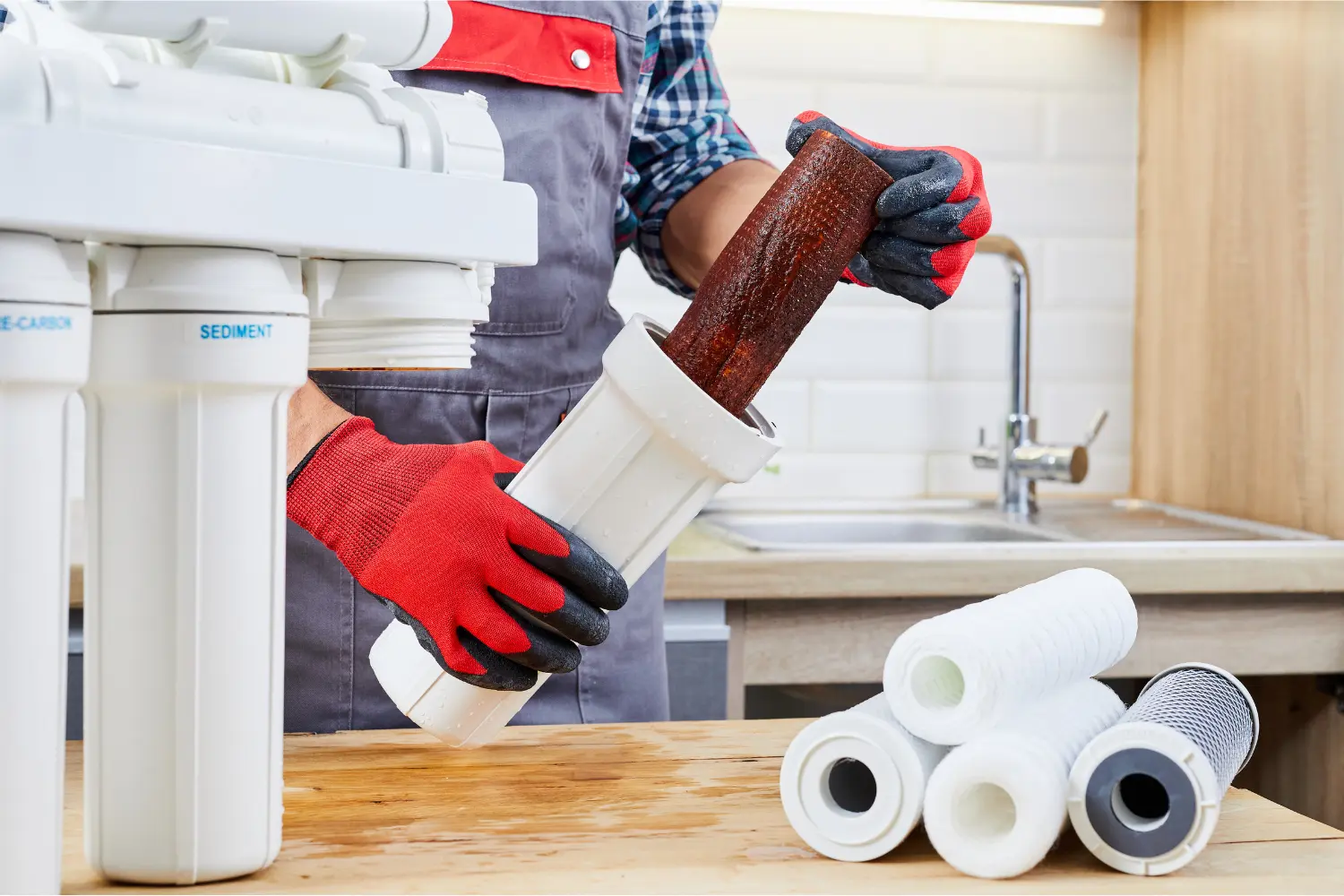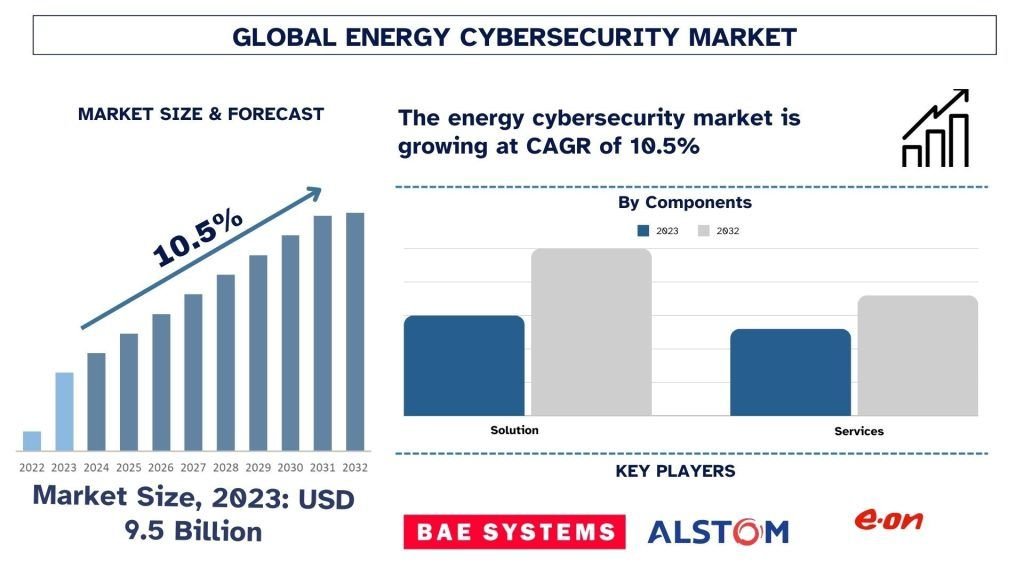When it comes to protecting your home from the elements, your roof plays a vital role. Choosing the right roofing material is essential—especially if you live in a region where the climate can be extreme. Whether you’re dealing with scorching summers or freezing winters, the type of roof you install can affect everything from your energy bills to your home’s structural integrity.
In this guide, we’ll explore the best roofing materials for hot and cold climates, their pros and cons, and how to make the right decision for your home. We’ll also touch on how a trusted Chimney Care Service can help maintain your roofing system throughout the seasons.
Why Climate Matters When Choosing Roofing Materials
Different materials react differently to heat, cold, humidity, and snow. The roofing that works well in Arizona won’t perform the same in Maine.
Here’s why climate-specific roofing is important:
- Energy Efficiency: Some materials keep your home cooler in summer or warmer in winter.
- Durability: Harsh climates can cause certain materials to crack, warp, or degrade.
- Cost-Effectiveness: Installing the right roof now can save you thousands in repairs later.
- Comfort: The right roof regulates indoor temperature and improves overall comfort.
Roofing Materials for Hot Climates
In hot, sunny areas—like parts of the Southwest—roofing needs to reflect sunlight and release heat rather than absorb it.
1. Clay or Terracotta Tiles
Best For: Southwestern and Mediterranean-style homes.
- Advantages:
- Excellent thermal insulation.
- Highly durable (can last 50–100 years).
- Fire-resistant.
- Drawbacks:
- Heavy—may need extra structural support.
- Expensive compared to other materials.
Energy Benefit: The curved shape allows airflow underneath, reducing roof temperature.
2. Metal Roofing
Best For: Modern homes or any home in a fire-prone area.
- Advantages:
- Reflects solar radiant heat.
- Lightweight and long-lasting.
- Low maintenance.
- Drawbacks:
- Can be noisy without proper insulation.
- May dent from hail or falling debris.
Climate Tip: Use lighter colors (like white, silver, or beige) to maximize reflectivity.
3. White or Cool Roof Membranes (TPO, PVC)
Best For: Flat or low-slope roofs.
- Advantages:
- Highly reflective surface.
- Energy Star-rated for cool roofing.
- Cost-effective and fast to install.
- Drawbacks:
- Less durable than clay or metal.
- Not suitable for high-pitch roofs.
Bonus: These materials can significantly lower air conditioning costs.
Roofing Materials for Cold Climates
Cold climates—particularly those with snow, ice, and freeze-thaw cycles—demand strong, insulated materials that resist water infiltration and heavy loads.
1. Asphalt Shingles (Architectural)
Best For: Budget-conscious homeowners in cold regions.
- Advantages:
- Affordable and widely available.
- Easy to repair or replace.
- Good insulation properties.
- Drawbacks:
- Lifespan is shorter (15–30 years).
- Vulnerable to wind damage in storms.
Cold Weather Tip: Choose high-quality architectural shingles with good ice-dam protection.
2. Slate Roofing
Best For: Historic or luxury homes in snowy areas.
- Advantages:
- Extremely durable (lasts 75+ years).
- Fireproof and waterproof.
- Naturally resists snow accumulation.
- Drawbacks:
- Heavy—needs a reinforced structure.
- One of the most expensive materials.
Maintenance Tip: Pair with proper Chimney Care Services to prevent leaks near flashing.
3. Wood Shakes or Shingles
Best For: Rustic or traditional homes in mild to cold climates.
- Advantages:
- Great insulation value.
- Beautiful, natural aesthetic.
- Drawbacks:
- Requires regular maintenance.
- Can be susceptible to rot or insects without treatment.
Climate Tip: Use treated wood to improve resistance to moisture and pests.
Roofing Materials Suitable for Both Hot and Cold Climates
Some roofing materials offer versatility and can handle a wide range of temperature extremes.
1. Synthetic Roofing Materials (Rubber, Polymer)
Best For: All climates with dramatic seasonal changes.
- Advantages:
- Made to mimic slate or wood.
- Lightweight and durable.
- Resistant to cracking, fading, and warping.
- Drawbacks:
- May be less environmentally friendly depending on the manufacturer.
Bonus: Ideal for homeowners who want durability without the weight or cost of natural materials.
2. Concrete Tiles
Best For: Hot and cold regions with variable weather.
- Advantages:
- Withstands wind, hail, and fire.
- Good thermal insulation.
- Drawbacks:
- Heavy—requires solid roofing infrastructure.
- Can be brittle if struck by falling branches.
Pro Tip: Seal the concrete surface for added weather resistance and longer life.
How Roofing Affects Chimney Health
Your roof and chimney work together to keep your home safe, dry, and efficient. If one is compromised, the other is affected.
That’s where a Chimney Care Service comes in. Whether you’re installing a new roof or maintaining an old one, professional chimney technicians can:
- Inspect and repair flashing (the area where roof meets chimney)
- Clean creosote and debris buildup
- Check for masonry cracks that affect both chimney and roofing systems
- Seal gaps and prevent leaks in areas most prone to water damage
Yearly chimney inspections are essential—especially if you live in areas with heavy rain, snow, or extreme heat. Chimney leaks are one of the leading causes of roof rot near fireplaces or heating vents.
Roofing Installation Tips for All Climates
Regardless of what material you choose, here are a few things that can help maximize your roof’s lifespan:
- Proper Ventilation: Allows hot air to escape in summer and prevents condensation in winter.
- Professional Installation: Always hire certified roofers—your roof is not the place to cut corners.
- Regular Inspections: Especially after storms or harsh seasons.
- Integrate Chimney Care Services: Your chimney is part of your roofing ecosystem—don’t neglect it!
Long-Term ROI: Is the Investment Worth It?
Here’s a quick glance at how some popular roofing materials compare in terms of cost, lifespan, and energy efficiency:
| Material | Average Lifespan | Energy Efficiency | Cost ($$/sq. ft) | Climate Suitability |
|---|---|---|---|---|
| Asphalt Shingles | 15–30 years | Moderate | $1.50–$4 | Cold |
| Metal Roofing | 40–70 years | High | $5–$12 | Hot & Cold |
| Clay Tiles | 50–100 years | High | $8–$15 | Hot |
| Slate Roofing | 75+ years | High | $10–$20 | Cold |
| Synthetic Materials | 30–50 years | Moderate to High | $4–$9 | Hot & Cold |
| Concrete Tiles | 40–60 years | High | $6–$12 | Hot & Cold |
| Wood Shakes | 25–40 years | Moderate | $6–$10 | Cold (Treated for Hot) |
Final Thoughts
Choosing the best roofing material depends on your climate, budget, and long-term needs. For hot climates, focus on reflectivity and airflow. For cold climates, focus on insulation and snow resistance. And if you live in a region with seasonal extremes, consider versatile materials like metal, synthetic, or concrete.
Don’t forget the importance of Chimney Care Services—they’re crucial for maintaining not just your chimney but also your roof’s integrity. A well-maintained chimney ensures that water, heat, and smoke are properly managed, which in turn protects your roofing investment.
The bottom line: With the right material and professional installation, your roof can last decades—and save you money in the process.
FAQs
1. What is the most energy-efficient roofing material for hot climates?
Metal roofing and cool roof membranes are among the most energy-efficient options. They reflect heat and reduce the need for air conditioning, lowering your energy bills in hot climates.
2. Can I use the same roofing material for both hot and cold weather?
Yes. Metal roofing, concrete tiles, and synthetic shingles work well in both climates due to their durability, weather resistance, and energy efficiency.
3. Why is Chimney Care Service important during roof installation or maintenance?
A chimney is directly connected to your roof. If the flashing around the chimney is damaged or improperly sealed, it can cause leaks and structural issues. Regular Chimney Care Services ensure both your roof and chimney remain in top condition.












Leave a Reply